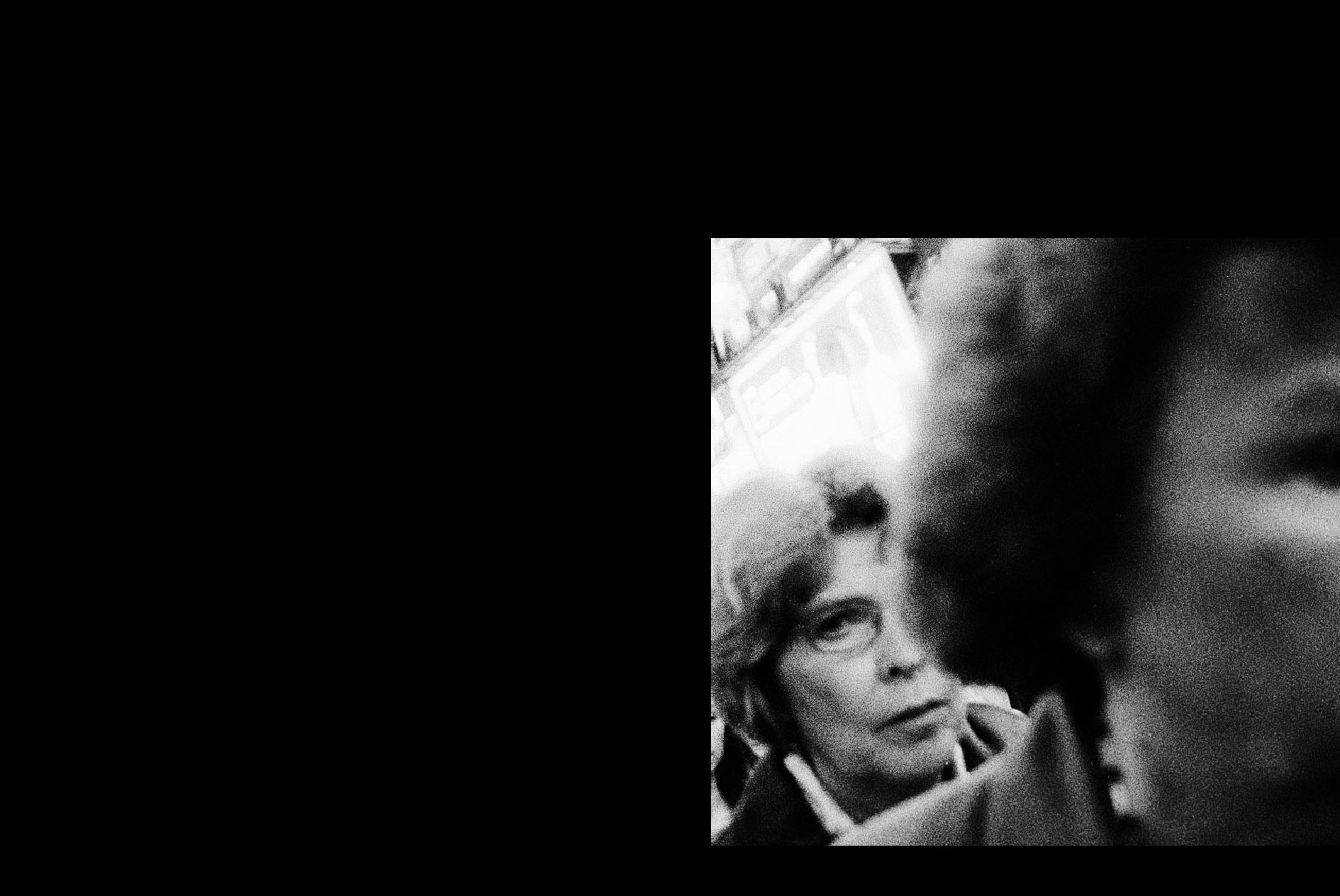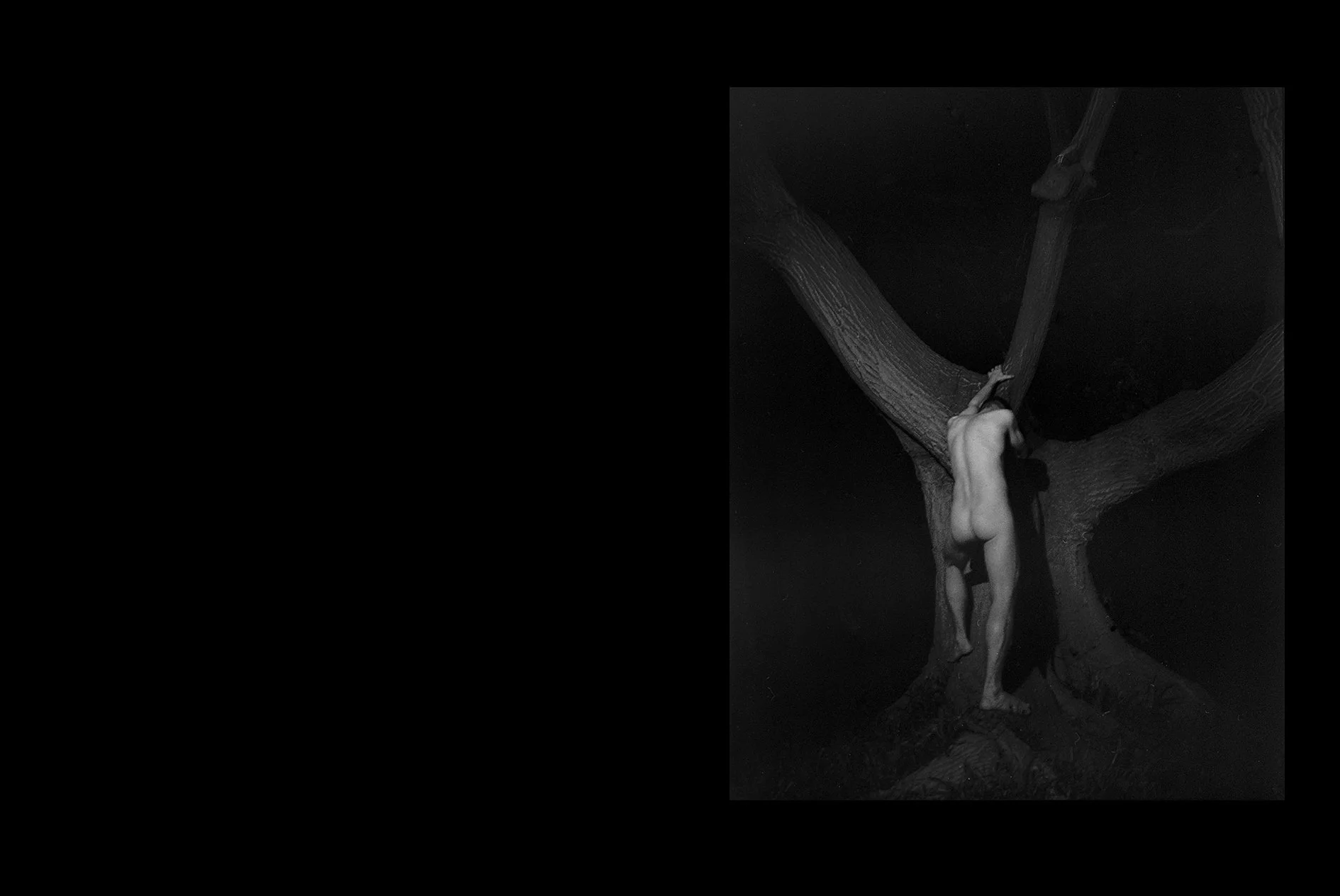Invisible Words, Saana Wang
SPECIFICATIONS
Photographs: Saana Wang
Hardcover
20,5 x 27 cm
62 photographs
136 pages
Publisher: self-published
Publication date: March 2026
Print run: 250
Printed and bound at Tallin Raamatutrükikoja OÜ, February 2026
The book has received support from the Arts Council of Finland.
Minima Moralia: “We can tell whether we are happy by the sound of the wind.”
Images serve as vessels for transitioning beyond themselves—into another world, into another mode of experience. “Can a photograph possess resonance?” Does it enact a form of reverberation? Might a photograph itself vibrate?
Emotion derives from the Latin emovere, meaning “to move” or “to set in motion.” In art, the hands occupy a central role as instruments of bodily expression. Gestures—such as raising the hands toward the sky, tensing the shoulders, or twisting the body—recur across images in different times and contexts. Aby Warburg described such forms with the concept of Pathosformel, the “formula of emotion.” These recurring, intense expressions of affect and bodily movement carry a universal dimension that transcends cultural and temporal boundaries. Their recurrence is not a matter of mere imitation, but of relational emergence, through which something new—and often more powerful—comes into being.
In a culture of constant acceleration and alienation, the sociologist Hartmut Rosa employs the concept of resonance to describe a relation in which human beings and the world vibrate together: the world “responds” to us and is not a mere inert object. Resonance is a form of reciprocal attunement that transforms both parties.
In my photographic work I/We (2014/2023/2114), the moment of capture transforms the affect of those present into a shared language circulating within the group. The photograph’s essence emerges not as a fixed substance but as relation and possibility. This aligns with Judith Butler’s insight that emotions are not private interior states but acts and relations, shaping communal life while bearing the imprint of power.
The question “can a photograph resonate?” evokes Dorothea von Hantelmann’s argument that every artwork possesses a reality-producing dimension. A work of art does not merely represent reality; it also produces and summons it into being in relation to the viewer. Art is not simply representational but a performative event, in which material processes and gestures leave their traces and generate meaning.
A photograph may indeed resonate: it can function as a space in which gestures, affects, matter, and the viewer intertwine, where reality is not pre-given but continually emergent and shared. The title Invisible Words suggests a withdrawal from language, pointing to a dimension beyond articulation — where meaning is not predetermined but constituted in the immediacy of encounter.
A1
A1
B0
A2
F5
D8
D4
F1
F6
D12
F3
C1
D2
D5
D7
D1
D13
D27













































